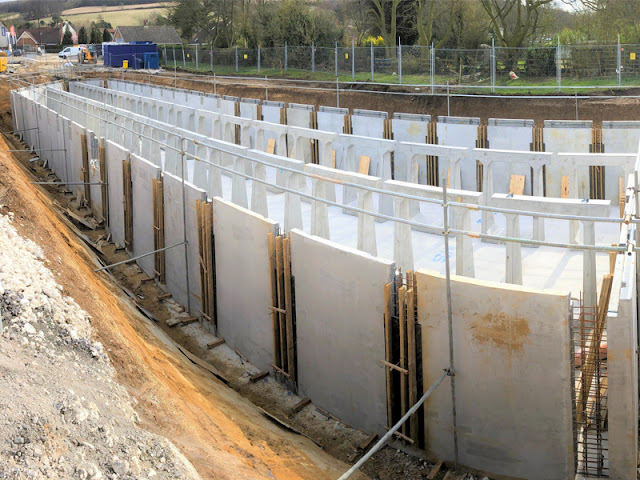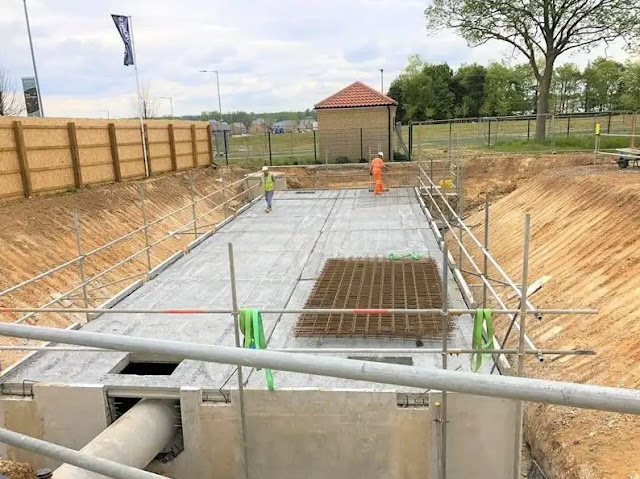Simple, Practical and Cost-efficient Ways to Stormwater Attenuation

We all love rain. After all, it has a special soothing effect. But the onset of the rainy season can bring hundreds of problems to urban dwellers. In a natural setting, most of the rainwater is soaked by green plants and soil. However, in cities, due to the lack of impervious surfaces, heavy rainfall may cause floods. Although municipalities have installed stormwater drainage networks to divert the rainwater from the source to the nearby water bodies, it fails to prevent flood in case of heavy rainfall. The stormwater can carry away pollutants and sediment along with it and may cause non-point source pollution. When this polluted water is consumed by human beings or animals, it may cause several infectious diseases. Also, the chemical pollutants that are carried away to rivers may cause an imbalance in the aquatic ecosystem. To prevent these issues, it is imperative to manage stormwater runoff properly. While the local government and municipalities make a great endeavou...




